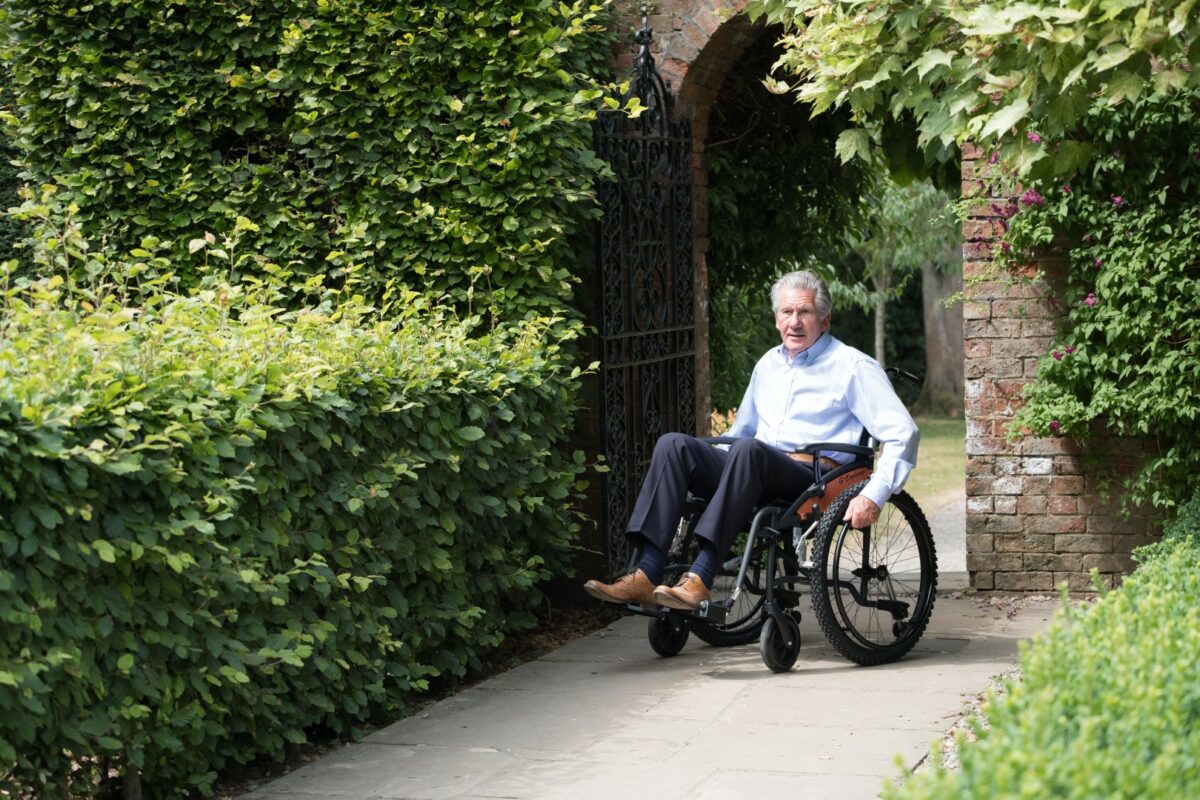
Mental health care has come a long way in the past few decades, with more awareness, better access, and a broader range of treatments than ever before. Yet, for individuals suffering from treatment-resistant depression (TRD), the conventional “one-size-fits-all” model often fails to bring relief. These patients, estimated to be 30% of all people with depression, do not respond to standard antidepressants or psychotherapy, leaving them caught in a cycle of trial-and-error treatments that may span years.
So why does the traditional approach fall short for TRD patients?
The Limitations of Standard Care
Most depression treatment protocols start with selective serotonin reuptake inhibitors (SSRIs), cognitive behavioral therapy (CBT), or a combination of both. While these interventions can be highly effective for some, they operate on a broad assumption: that all depression stems from similar neurochemical imbalances or behavioral patterns. This generalized approach disregards the complexity of brain chemistry, trauma history, genetics, and environmental stressors that uniquely affect each individual.
For those with TRD, sticking to the same formulaic approach not only prolongs suffering but can also deepen feelings of hopelessness and isolation. Patients often find themselves cycling through multiple medications over years, enduring unpleasant side effects without meaningful improvement. In worst-case scenarios, this can lead to withdrawal from daily life, job loss, or even suicidal ideation.
Personalization Is Key
The future of mental health care, especially for TRD patients, lies in personalized treatment plans that address the unique biological and psychological needs of the individual. This could involve advanced genetic testing, neuroimaging, or a more nuanced consideration of trauma, lifestyle, and co-occurring disorders.
Emerging treatments also play a crucial role. Options like transcranial magnetic stimulation (TMS), electroconvulsive therapy (ECT), and psychedelic-assisted therapy are being explored as alternatives for those who don’t respond to traditional care. However, one treatment has gained particular attention for its rapid efficacy and promising results: ketamine.
A Breakthrough Option with Ketamine
Originally used as an anesthetic, ketamine has shown powerful antidepressant effects at low, controlled doses. Its unique mechanism of action targets the glutamate system, rather than serotonin or dopamine, offering fast relief from depressive symptoms, often within hours instead of weeks.
For patients with TRD, this can be life-changing. Clinical studies and anecdotal reports have highlighted ketamine’s ability to significantly reduce depressive symptoms, even in those who have tried and failed multiple other therapies.
Many specialized clinics now offer ketamine for depression treatment as part of an integrative, personalized approach. These treatments are typically combined with ongoing mental health support to ensure lasting benefits and emotional stability.
A New Standard of Care
The failure of one-size-fits-all mental health care isn’t a sign that current treatments are ineffective across the board. It simply means our system must evolve. TRD patients deserve more than repeated exposure to treatments that don’t work for them. They deserve innovative, adaptive care that recognizes their individual needs and provides hope beyond conventional boundaries.
As mental health professionals and researchers continue to explore new frontiers, it’s crucial that we shift the paradigm toward personalization, flexibility, and empathy. Only then can we truly address the needs of those who have been left behind by traditional methods and begin to offer real, lasting relief.







